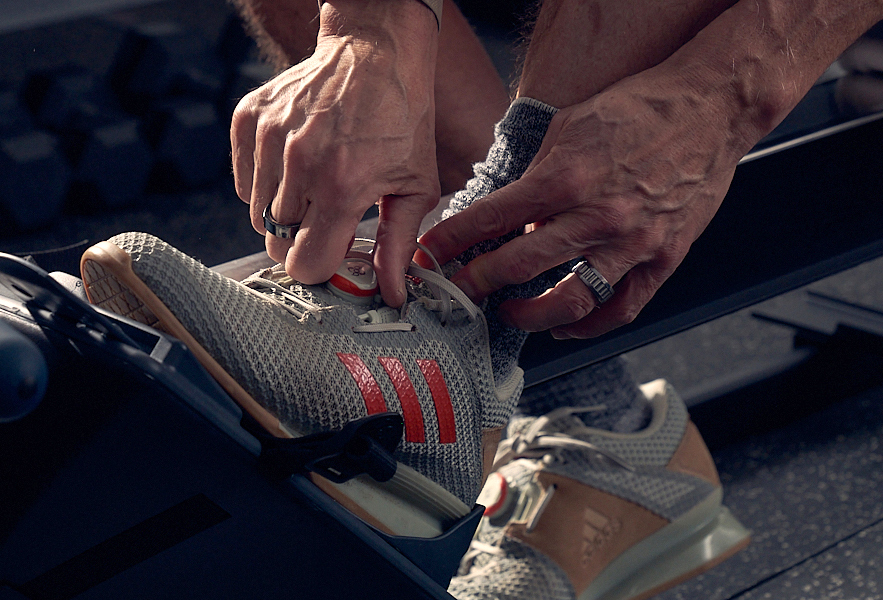The Best Shoes for Indoor Rowing
What are the best shoes for indoor rowing?
In a sport where you are trying to put every bit of power into each rowing stroke, finding a shoe that will help transfer your energy into the indoor rowing machine, rather than absorb it, is key. Some rowers choose to row on the erg without shoes, and this can be a great way to feel connected to the machine and to make sure no power or energy is lost between your feet and the erg. In contrast, I was surprised to see that a lot of rowers at indoor rowing events chose to wear shoes that had fairly thick soles and a lot of cushioning. While this may provide comfort while rowing, it’s what I would consider to be an energy leak.
What’s an energy leak?
An energy leak in indoor rowing can occur anywhere between the handle of the rowing machine, and the footplates. Essentially, anywhere along your body. For instance, if you’re on the erg and you drive out of the catch with your elbows bent – as you push with your legs your arms straighten out. Your legs pushed off but the handle didn’t move, the chain didn’t move the flywheel…you didn’t get any distance in the first little bit, even though you were pushing. Now, imagine being in the gym and attempting a heavy deadlift while standing on foam padding. You go to pull the weight up off of the floor and your feet immediately smash down to the floor before the weight even begins to move. Those are energy leaks. Little things that can diminish your power before it is transferred to the erg.
Different strokes for different folks
Every indoor rower is different. Some have more flexibility, others have a longer reach, and we all have our preferences. I have never been flexible and have never been able to touch my toes without bending my knees, even as a kid. When doing squats in the gym, it was always difficult for me to lower down without raising my heels off the floor. I found that weightlifting shoes solved that problem because they have a slightly raised heel. So when I wondered what shoes I should be wearing while indoor rowing, I thought of weightlifting shoes.
Weightlifting shoes not only provide a bit of heel height, but they also have a firm, solid sole. They provide weightlifters with a shoe that minimizes energy leaks and provides stability. Since the rowing stroke movement is similar to a lot of power and olympic lifting movements, it makes sense that you see rowers wearing weightlifting shoes quite often.
Do the math(s)
It doesn’t sound like a lot, losing just a centimeter or two, or a couple watts because of the shoes you wear. In my case, with weightlifting shoes I am able to make a quicker more stable connection to the erg with my entire foot, including my heel, right out of the catch. And, I lose no power to cushioning. My footwear decision was based on this:
If I am able to increase my effective reach in the catch by 2cm by having the raised heels, in a 2000m race where I am doing over 200 strokes, I will gain 4 meters in my race. That equates to approximately .4 seconds.
In a 500m race, at 1:25.4, I am averaging 562 watts. At 1:25.2, I am averaging 566 watts. If wearing a hard soled shoe versus a cushioned sole can increase my average by even 2 watts, my 500m time will increase by .1 second.
Put the two benefits together and you could see a combined increase in speed and power that is measurable. For most people, this amount means nothing. But I know most competitive indoor rowers know what it’s like to win or lose a race by less than a second.
In the end, you should choose a shoe that works best for you. I wear shoes made by both Adidas and Reebok. Comfort, stability, connection, and power are all considerations. But if a couple tenths of a second matter to you and you haven’t rowed with weightlifting shoes, give it a shot. Just give me a little credit when you break a world record.
Photo: © 2023 T. Nolan Imagery



2 Comments